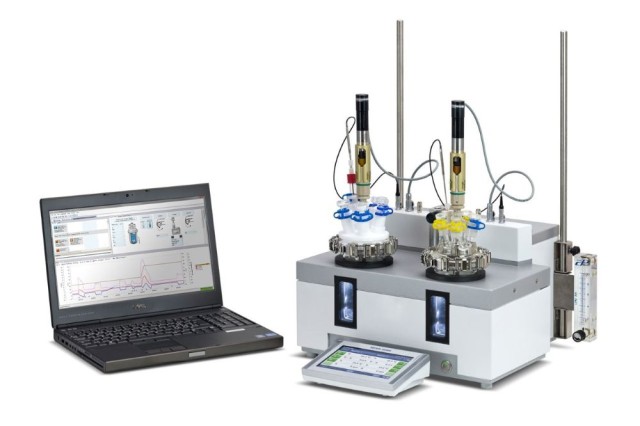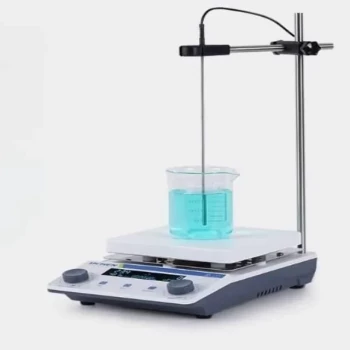高压反应器
应用
高压反应釜是化学研究领域不可或缺的工具,尤其是在处理极端条件时。这些专用反应釜经过精心设计,能够承受和促进高温高压化学反应,是处理具有重大风险的材料的理想选择。
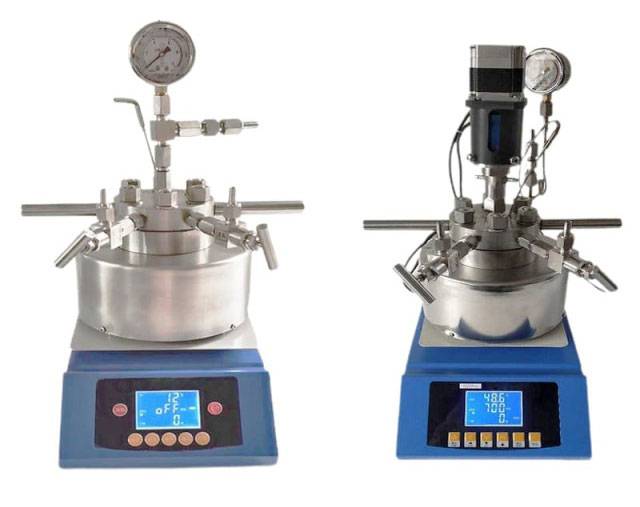
具体来说,高压反应釜对于涉及易燃、易爆和有毒介质的实验至关重要。它们坚固的结构可确保安全和效率,使研究人员能够在不影响实验完整性的情况下处理这些危险物质。这种能力在石化、制药和特种化学品等行业尤为重要,因为这些行业对反应条件的精确控制要求极高。
此外,高压反应釜的多功能性不仅限于安全性。它们能够处理从简单到复杂的各种化学过程,从而实现广泛的应用。无论是合成新化合物、优化反应路径,还是研究反应动力学,高压反应器都能提供必要的环境,以实现预期的结果。
总之,高压反应釜不仅是工具,还是推进化学研究和工业流程的重要组成部分,可在最具挑战性的环境中提供安全性和功能性。
玻璃反应釜
功能性
玻璃反应釜采用双层玻璃结构设计,这对于处理各种反应材料至关重要。这种独特的设计可实现多种操作,包括在常压和负压条件下进行搅拌。双层玻璃不仅为监控反应提供了透明度,还通过恒温控制确保了稳定的环境。这是通过集成加热和冷却系统实现的,该系统可在整个反应过程中保持精确的温度调节。
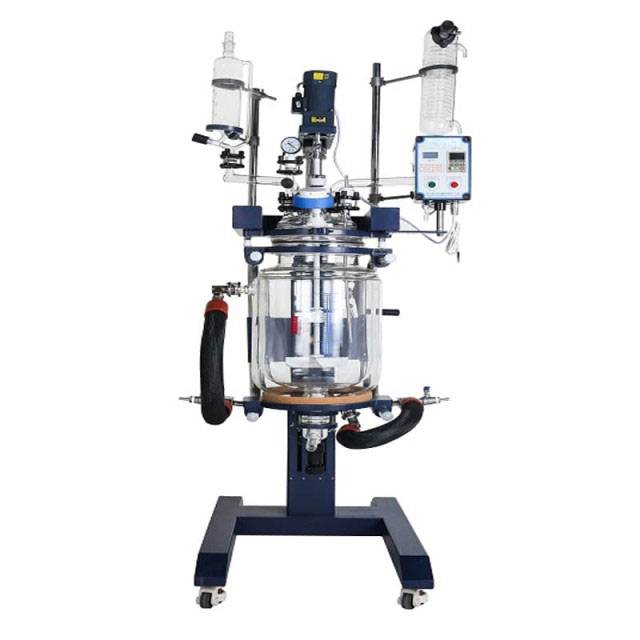
除温度控制外,双层玻璃结构还具有更强的安全性。外层玻璃可作为保护屏障,降低意外接触危险材料的风险。在处理敏感或挥发性化合物时,这种设计尤为有利,因为它可以最大限度地降低泄漏和溢出的可能性。
玻璃反应釜的功能不仅限于基本的搅拌和温度控制。它们还配备了自动压力调节和可编程控制系统等先进功能。这些功能使研究人员能够以高精度和可重复性进行复杂的反应,从而使玻璃反应釜成为现代实验室不可或缺的工具。
磁性反应釜
密封机制
磁性反应器采用精密的静态密封结构,其中集成了一个磁性耦合器。这种设计对于减少泄漏问题至关重要,从而确保了完全密封的工作环境。磁耦合器是非接触式传输装置,可在无直接物理接触的情况下传输扭矩和运动。这一特点在处理危险材料时尤为有利,因为即使是微小的泄漏也会危及实验的完整性和安全性。
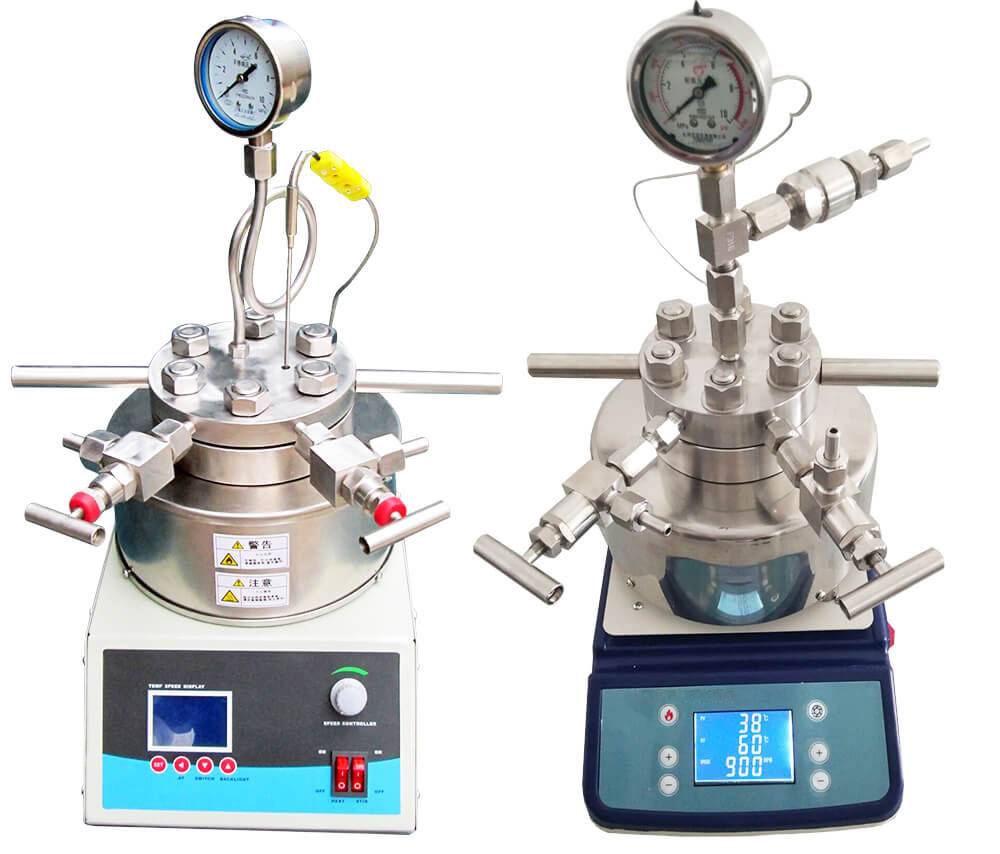
静态密封机制根据磁场原理运行,磁场与反应器内部组件相互作用,无需机械密封即可实现平稳运行。这种方法不仅提高了反应器的耐用性,还简化了维护程序。由于无需频繁更换密封件,因此降低了总体运行成本,使磁力反应器成为实验室的经济之选。
此外,完全密封可确保反应环境保持纯净,不受可能改变反应结果的外部污染物的影响。这种环境控制水平对于需要精确条件的实验至关重要,例如涉及有毒或易爆介质的实验。磁耦合器在保持密封环境方面的效率突出表明,该反应器适用于高风险的研发活动。
微波合成器
催化反应
微波合成器在催化有机化学、制药和生物化学等各个领域的一系列反应中发挥着重要作用。这些合成器利用微波的独特特性提高反应速度和产量,是现代实验室不可或缺的工具。
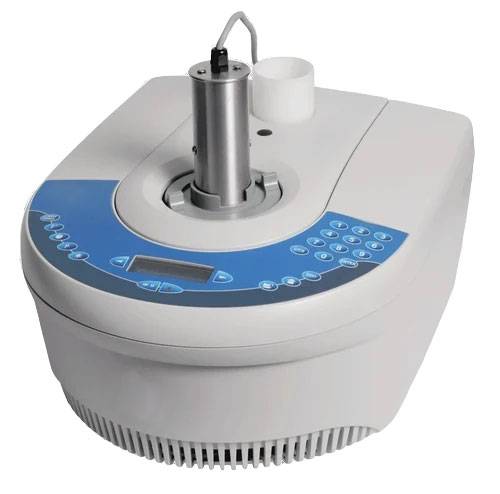
微波合成器的主要优势之一是能够促进复杂的有机反应。这些反应通常需要精确控制温度和压力,而微波可以有效地提供这些条件。例如,药物合成通常涉及复杂的分子转化,微波提供的快速均匀加热使其受益匪浅。
在生物化学领域,微波合成器被用来催化涉及生物分子的反应。由于生物材料对热和其他环境因素的敏感性,这些反应尤其具有挑战性。微波提供的可控加热和快速反应时间有助于最大限度地减少降解,最大限度地提高产品纯度。
除化学反应外,微波合成器在溶剂萃取等物理过程中也发挥着重要作用。这种技术广泛用于从复杂混合物中提取有价值的化合物,利用微波能可以显著加快和优化这一过程。
总之,微波合成器是一种多功能工具,可将其催化能力扩展到各个科学学科,提高实验室研发的效率和效果。
反应量热仪
测量
反应量热仪是实验室不可或缺的工具,用于测量化学反应或物理过程中释放或吸收的热量。这种测量对于深入了解热化学和动力学领域至关重要,而热化学和动力学对于了解各种过程中的能量变化和反应速率至关重要。
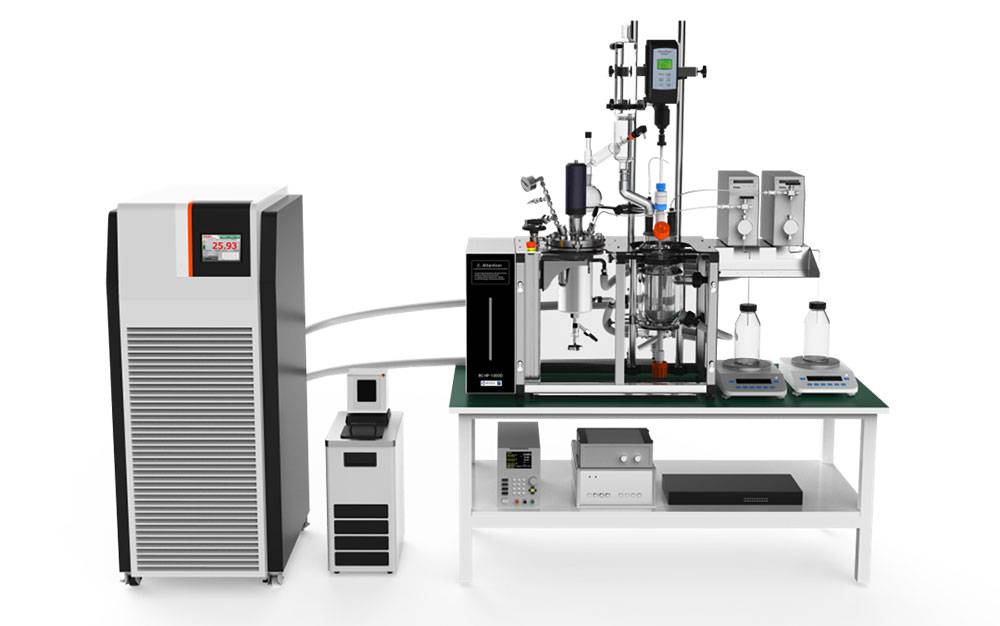
反应量热仪收集的数据可用于分析反应的热力学性质,如焓和熵的变化,这对于预测反应结果和优化反应条件至关重要。此外,从这些测量中得出的动力学参数(如活化能和反应顺序)也为过程控制和放大提供了宝贵的信息。
| 测量参数 | 热化学洞察力 | 动力学洞察 |
|---|---|---|
| 放热/吸热 | 焓变 | 反应速率 |
| 温度变化 | 熵变 | 活化能 |
通过监测热流,研究人员还可以识别潜在的危险,例如可能导致失控反应或过热的放热反应,从而确保实验室操作更加安全。量热数据与其他分析技术的整合增强了对复杂反应系统的全面了解,使反应量热仪成为现代化学研发的重要组成部分。
催化剂评估装置
评估原理
催化剂评估装置模拟真实世界的反应条件,以评估催化剂的效率。这种评估主要基于从反应产物中得出的指标,通过对反应产物进行细致分析来衡量催化剂的有效性。这些评估方法大致分为两种:静态和动态。

静态评估 包括设置一个受控环境,在整个实验过程中反应条件保持不变。这种方法尤其适用于在稳定条件下研究催化剂的初始活性和选择性。温度、压力和反应物浓度等关键参数都是固定的,这样就可以对催化剂的性能进行详细分析,而不会受到波动变量的干扰。
动态评估 另一方面,动态评估模拟了反应条件会发生变化的更真实的工业环境。这种方法可评估催化剂在温度波动或反应物浓度变化等不同条件下保持其效率的能力。动态评估对于预测催化剂在连续工艺中的长期性能和稳定性至关重要,可提供仅靠静态评估无法提供的深入见解。
| 评估类型 | 主要特征 | 应用 |
|---|---|---|
| 静态 | 受控的恒定条件 | 初始活性和选择性研究 |
| 动态 | 可变条件 | 连续工艺中的长期性能和稳定性 |
静态和动态评估方法对于全面评估催化剂效率至关重要,可确保所选催化剂针对实际应用中的特定反应条件进行优化。
合成工作站
自动化
由先进计算机系统控制的全自动合成反应器正在彻底改变化合物和药物研究领域。这些精密的机器可以精确高效地处理进料、加热、搅拌和蒸馏等各种过程。自动化不仅提高了实验的可重复性和准确性,还降低了人为失误的风险,这在精细和高风险的研究环境中尤为重要。

这些自动化系统的主要优势之一是无需人工干预即可管理复杂的操作序列。这种能力对于合成复杂的化合物尤其有利,因为在这种情况下,最细微的偏差都可能导致最终产品出现重大变化。计算机控制系统可确保每个步骤都按照研究人员预先设定的精确参数执行,从而在多次运行中保持一致性。
此外,自动化还可实现连续运行,从而大大加快研究进程。研究人员可以将实验设置为通宵或周末运行,从而最大限度地利用实验室时间。反应器坚固耐用的设计为连续运行提供了便利,反应器可在不影响性能的情况下经受长时间使用。
除了操作方面的优势,自动合成反应器还有助于提高实验室的安全性。通过处理加热和蒸馏等危险过程,这些系统最大限度地减少了研究人员接触潜在危险化学品和条件的机会。这不仅能保护研究团队的健康和安全,还能确保符合严格的实验室安全规定。
计算机控制的集成还可实现实时监控和数据记录,为研究人员提供有关反应动态的宝贵见解。这些数据可用于优化反应条件、识别低效和完善合成过程。实时分析和调整的能力是一项重大进步,可带来更高效、更有效的研究成果。
总之,全自动合成反应器的出现代表着化合物和药物研究方式的关键转变。通过利用计算机控制的精确性,这些系统提高了可重复性,加快了研究进度,改善了安全性,并为工艺优化提供了宝贵的数据。随着技术的不断发展,它对化学合成领域的影响必将越来越大,为新的发现和创新铺平道路。
